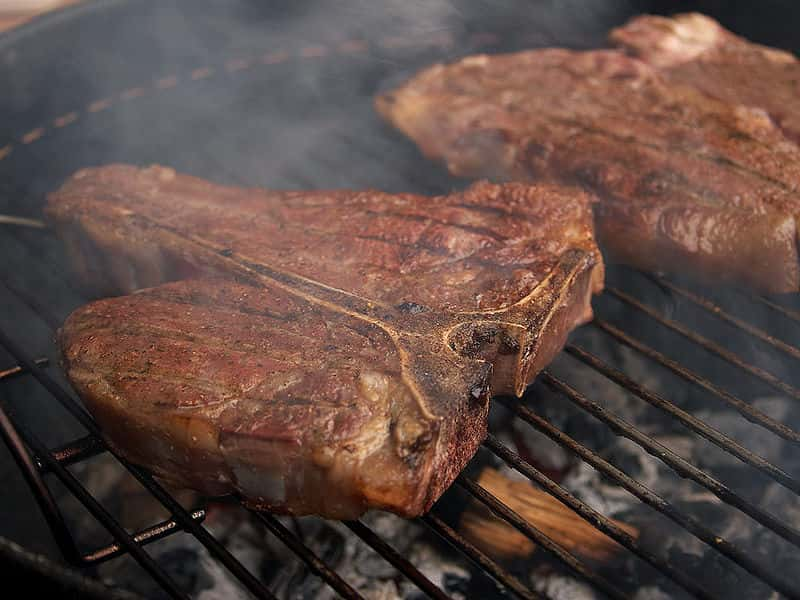“Meat is having a moment.” That’s according to Dr. Glynn Tonsor, Livestock Market Economist at Kansas State University. That phrase reflects multiple signals that consumer desire for meat protein is strong and perhaps broader macroeconomic factors most risk near-term derailment of elevated meat demand supporting higher livestock prices.
“Meat is having a moment in the sense that we’re seeing a decline in the prevalence of vegan and vegetarian diets,” Tonsor says. “We’re seeing more interest in meat protein in general. Interest in having meat protein in your diet is growing here in 2025. Some of that has to do with a more active, younger cohort. You know, physical fitness demands more protein, and meat is benefiting from that.”
“Those of us who watch probably too much TV see protein referenced in commercials more than we did a few years ago, so there’s a broader protein discussion going on here. I’m highlighting that because there’s a strong tone that I reference in this piece. About two weeks ago, when I was at the World Pork Expo, euphoria was there because hog prices were up. There’s a new pork campaign. ‘Taste What Pork Can Do For You’ is what the campaign is, but it was part of this broader meat is having a moment.”
Further, when it comes to influencing protein purchasing decisions, aspects such as Taste and Freshness have been growing for the typical U.S. resident relative to considerations such as Environmental Impact and Origin/Traceability. This is important to appreciate as stakeholders throughout the industry make production, marketing, and promotion decisions.
Cattle producers are certainly benefitting as strong demand has combined with historically tight cattle supplies to produce record high cattle prices. But Tonsor says that macroeconomic uncertainty could derail the cattle market that has continued to churn higher for most of 2025.
“The first four or six months of 2025 have had elevated uncertainty,” Tonsor says. “Uncertainty about what global trade might be, particularly tariffs, and what that does for those relations, what domestic unemployment and inflation rates might be, and as we have the elevated risk out of the Middle East, put all of those in this broader kind of outside of the meat-livestock space macroeconomic arena, uncertainty is very elevated.”
There continue to be signals that food service demand is softer, likely reflecting household budget-driven behavior change. As the 2025 grilling season gets in full swing, perhaps bolstering retail meat demand, both the macroeconomic situation and the inner-industry developments in response are key to watch.
“It’s not sufficient to want meat protein,” Tonsor explains. “That’s a very good thing, right? The industry should want that to be developed, but a necessary and sufficient condition includes being able to pay for it, right? So, there’s this capacity, right? What is your income? What’s your disposable income? Your net savings? All those kinds of things are tied to this broader macroeconomic story, and I’ve been pleasantly surprised at the strength of meat demand, despite pretty elevated macroeconomic uncertainty in 2025.”
The connection between consumer wallets and ranch economics is key: “2024 cattle prices would’ve been at least 10% lower, if we did not have consumer demand growth.” Tonsor stressed that producers need to remain alert. “We can’t take that for granted.” Consumer demand, while strong now, is a dynamic force, and economic fluctuations can ripple across the livestock industry quickly.
Finally, Tonsor emphasized the importance of distinguishing between consumption volume and consumer spending: “The average American consumes well over 20 pounds of meat, more today than they did 20 years ago,” largely driven by chicken. But he made clear that beef leads in value: “The amount being paid for those pounds is much higher,” which results in “more dollars in the industry” and higher cattle prices. His bottom line was clear: “All three meats are ‘in’… the public wants meat protein.”
Prospects for elevated livestock prices remain directly tied to the extent end-user consumer demand can remain robust. Hopefully, meat can “continue to have a moment!”
###
NAFB/LMIC


